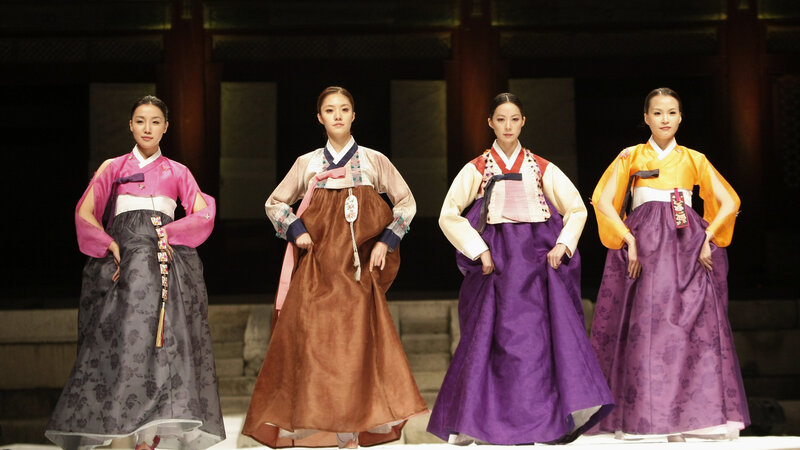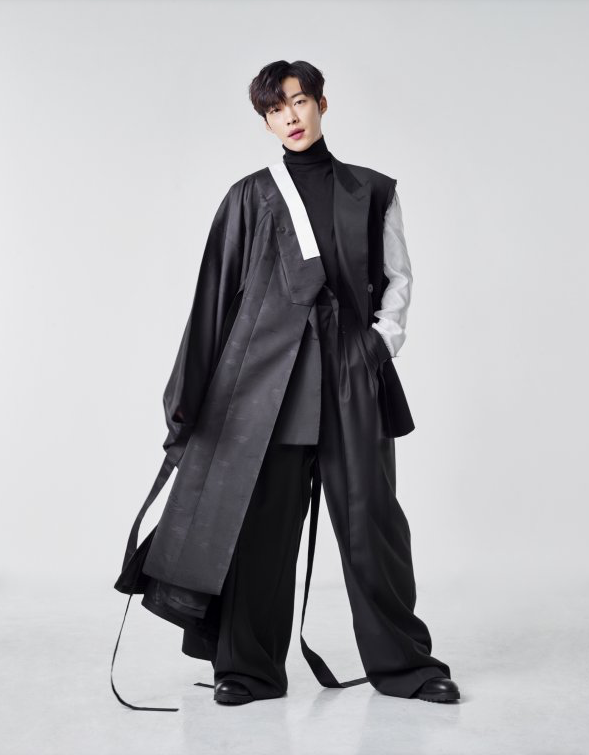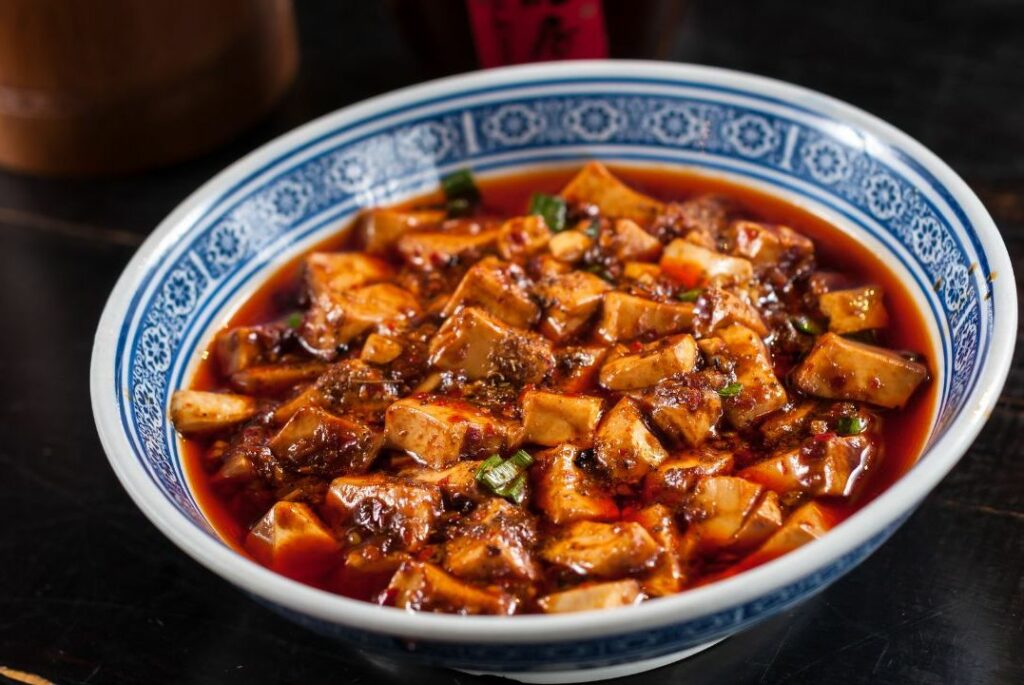Kokyu
Sounding as if it were weeping from the depths of an eternal dream, or sounding like wind through cedar trees in winter, a maiden is longing for her love, the Japanese fiddle known as kokyu (胡弓) brings a certain emotion to traditional and modern pieces of Japanese music. You may have heard the kokyu and wondered what it was, or have seen pictures of it and wondered what it sounded like. The kokyu is actually quite a rare instrument, and one that is also not too commonly used in Japanese music. Before we talk more about this amazing traditional Japanese instrument lets first have a listen at its unique sound.
Here is a video of a kokyu performer skillfully playing the instrument.
The history of the kokyu began earlier in China from an instrument called the huqin(胡琴). The huqin closely resembles the kokyu in playing method and techniques, however in appearance it is very much Japanese. The kokyu has 3 strings that stretch over the sound body, the finger board, and to the tuning pegs which are used to tighten the strings into place and tune the instrument. Unlike the kokyu’s cousin, the huqin from China, the kokyu uses 3 silk strings instead of just 2. The sound is very refined, very much capturing the sound and essence of Zen. The kokyu is usually played as a solo instrument, however it has been traditionally played with other instruments in duet form, or in ensemble form. Newer styles have been created highlighting the voice of the kokyu and showing the many countless possibilities of the instrument in tone color. Below is a video of the Chinese huqin or the kokyu’s relative, have a listen.
In present times, the kokyu is gaining popularity amongst music enthusiasts, its sound is melancholic and invokes profound emotions to the listener. Although the Kokyu is gaining popularity it is still very much a rare instrument and virtually unknown to most of the world. By its use in modern works it has been given another path to grow and inspire musicians for many years to come.
Jarrelle
Reference: https://en.wikipedia.org/wiki/Kokyū



